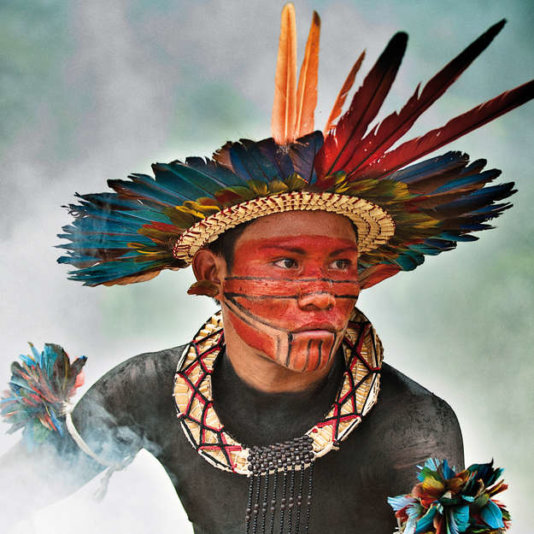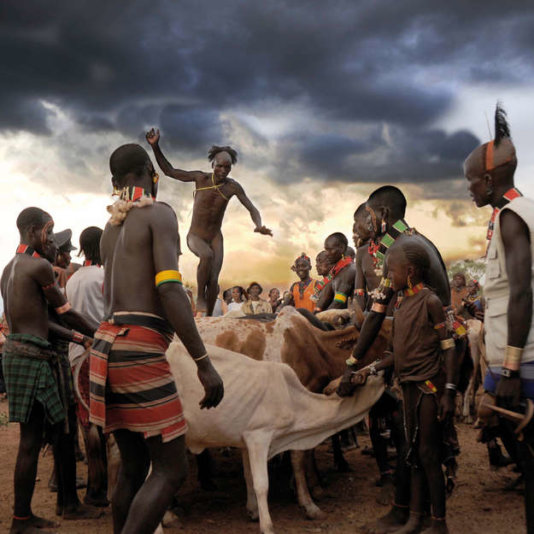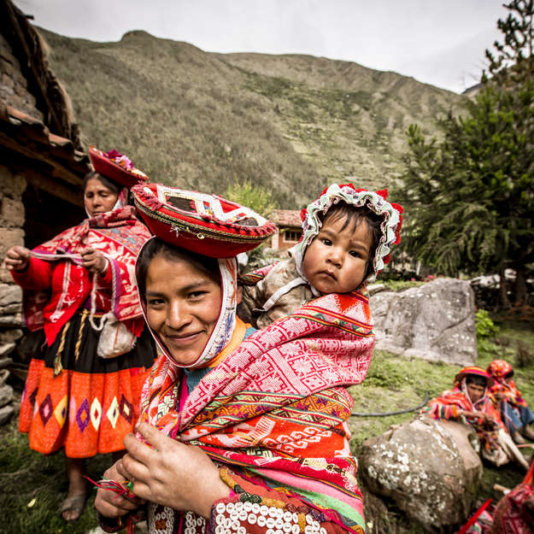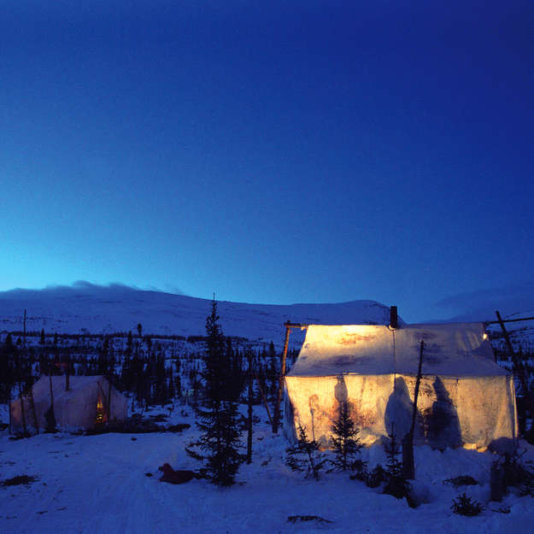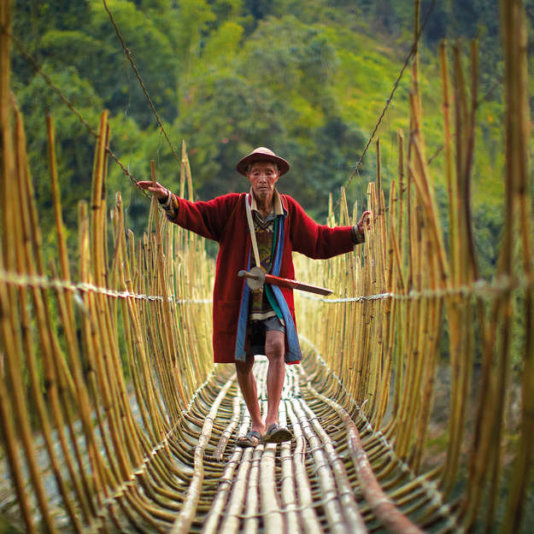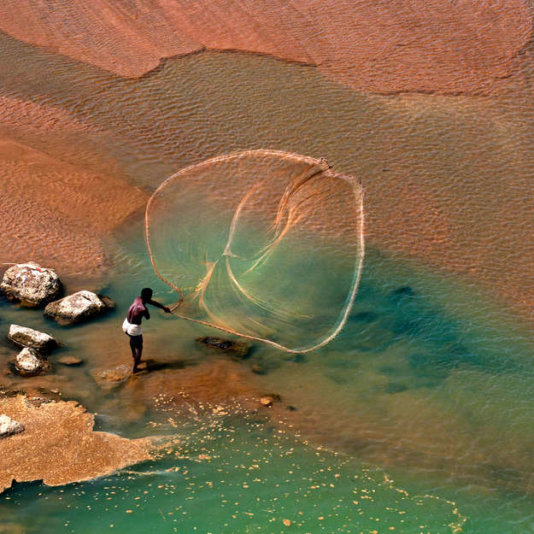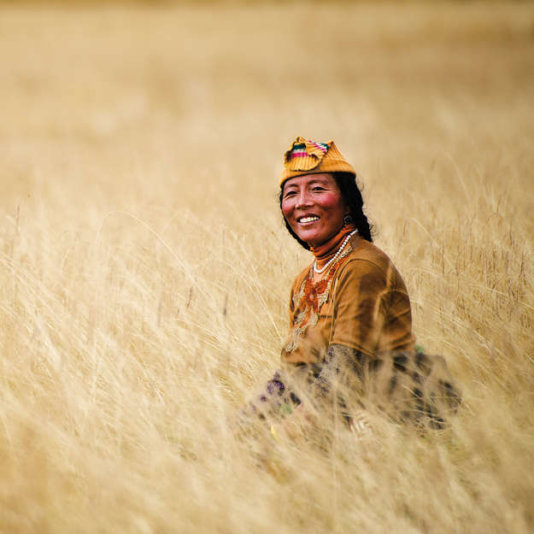- About
- Topics
- Picks
- Audio
- Story
- In-Depth
- Opinion
- News
- Donate
- Signup for our newsletterOur Editors' Best Picks.Send
Read, Debate: Engage.
| May 09, 2015 | |
|---|---|
| topic: | Indigenous people |
| tags: | #indigenous people, #photography, #Survival International, #tribal |
| located: | Peru, India, Zimbabwe, Italy, Mexico, Australia |
| by: | Ama Lorenz |
Survival’s “We, the People” 2015 calendar, provides insights into the incredible diversity and unique ways of life of tribal and indigenous peoples around the world.
Many thousand images of participants from all over the world were sent in. The selection process was based on the Survival International's Photo Guidelines.
As this first contest was such a success there will be another photo competition for the next calendar 2016.
If you like to see the other photographs you can do here. If you want to buy the calendar that supports the work of Survival International you should hurry up! Not only because a third of 2015 is already gone - the calendar is out of stock at all of Survival's offices, except in Italy.
By copying the embed code below, you agree to adhere to our republishing guidelines.

